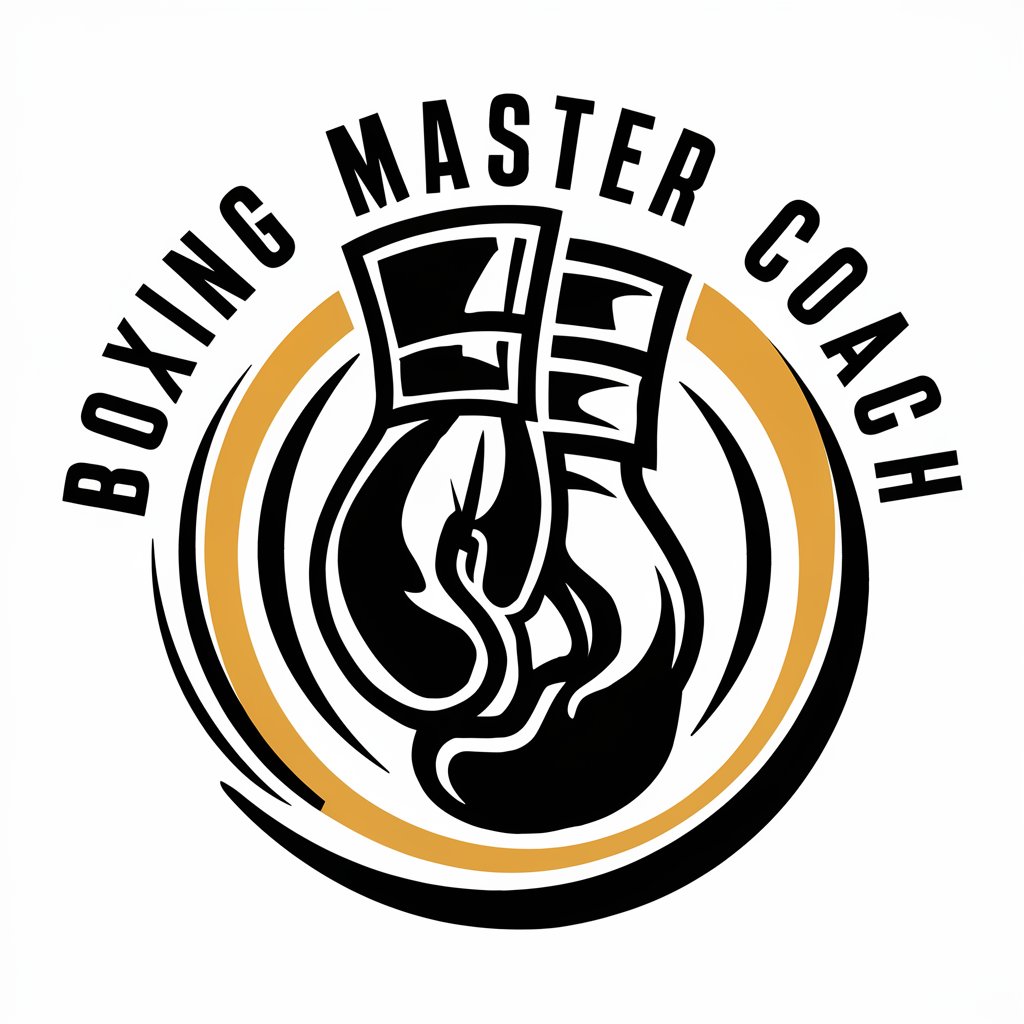The Wason Logical Sequence Test - AI Sequence Testing Tool

Welcome to the Wason Logical Sequence Test!
Discover Logic with AI
Provide a three-number sequence and I'll tell you if it fits my rule:
Submit a sequence of three numbers for validation against my hidden rule:
Enter a three-number sequence to see if it follows my rule:
Try a sequence of three whole numbers to test against my rule:
Get Embed Code
Understanding The Wason Logical Sequence Test
The Wason Logical Sequence Test is inspired by the '2-4-6' experiment developed by psychologist Peter Wason in 1960. It is designed to evaluate a user's ability to derive underlying rules from provided sequences of three whole numbers. The core function involves the user trying to guess a hidden rule that I generate, based only on whether various sequences of numbers they propose fit this rule. For example, if the rule is 'three ascending even numbers', I would confirm that the sequence 2-4-6 fits, but reject 1-2-3. This test highlights the process of hypothesis testing and logical reasoning, offering insight into how people form and test hypotheses based on limited data. Powered by ChatGPT-4o。

Core Functions of The Wason Logical Sequence Test
Rule Generation
Example
Generating a rule such as 'three consecutive even numbers'.
Scenario
This function is crucial for beginning each new session of the test, where I generate a rule and provide an initial sequence that adheres to this rule, without revealing what the rule actually is.
Sequence Validation
Example
Validating user-submitted sequences like 2-4-6, 10-12-14, etc., against the hidden rule.
Scenario
Users interact by submitting sequences to see if they match the rule. This helps them narrow down what the rule might be through iterative testing.
Rule Guessing Interaction
Example
A user guesses that the rule is 'all numbers must be even'.
Scenario
I confirm or deny user guesses about the rule, guiding them toward the correct understanding without direct hints. This phase emphasizes critical thinking and deduction.
Ideal Users of The Wason Logical Sequence Test
Students and Educators
This test is particularly useful for students and educators in fields like psychology, mathematics, and logic, as it facilitates an understanding of hypothesis testing, deductive reasoning, and cognitive biases.
Researchers in Cognitive Science
Cognitive scientists can use this test to study how different individuals and groups approach problem-solving and rule-based reasoning, gathering data on cognitive processes and decision-making strategies.
Casual Learners and Enthusiasts
Individuals with a keen interest in puzzles and brain teasers may find the test engaging and challenging, offering a platform to hone their logical thinking and analytical skills in a structured environment.

Using The Wason Logical Sequence Test
Initiate the Experience
Visit yeschat.ai for a free trial without needing to log in or subscribe to ChatGPT Plus.
Understand the Rules
Read the introductory explanation to learn how you will interact with the sequence test and what is expected of you.
Input Number Sequences
Enter any sequence of three whole numbers to see if they conform to the hidden rule established by the AI.
Make a Rule Guess
Once you feel confident, attempt to guess the rule based on your tested sequences. You will receive confirmation if your guess is correct or not.
Iterate and Explore
Use feedback from your inputs and guesses to refine your understanding and approach new sequences with adjusted strategies.
Try other advanced and practical GPTs
ACE
Empowering Students with AI

Resumo na prática
Harness AI for succinct content summaries.

毛概复习助手
Navigate Maoist Theory with AI

Boxing Master Coach
AI-powered Precision Boxing Coaching

Lead Wolf GPT
Empowering Your Web Performance

AdWords Strategy Scribe Mastermind
AI-driven AdWords optimization

Wealthy Wordsmith
Elevate Your Channel with AI-Driven Titles

Leandro | Analista de Pesquisa de Mercado
Empower your strategy with AI-driven market insights

Evil-Kid Charlie
Unleash your imagination with AI

Indonesia GPT
Empowering Indonesia with AI

Pleasant Cloud Development - Under Construction
AI-driven Development Empowerment

BookClub
Revive Literature with AI

FAQs About The Wason Logical Sequence Test
What is The Wason Logical Sequence Test?
It's an interactive AI-driven tool that challenges users to discover a hidden rule governing sequences of three whole numbers through a process of hypothesis testing.
How does the tool provide feedback?
The tool responds to each three-number sequence you enter by indicating whether the sequence adheres to the rule, helping guide your discovery process.
Can I use this tool for educational purposes?
Absolutely, this test is perfect for educational settings, especially in teaching logical thinking, hypothesis testing, and cognitive psychology.
Is there a limit to how many sequences I can test?
No, you can enter as many sequences as you like to iteratively refine your understanding of the hidden rule.
What do I do if I can't guess the rule?
Continue testing different sequences. Each sequence that does or does not fit the rule provides you with information to formulate a better guess.
